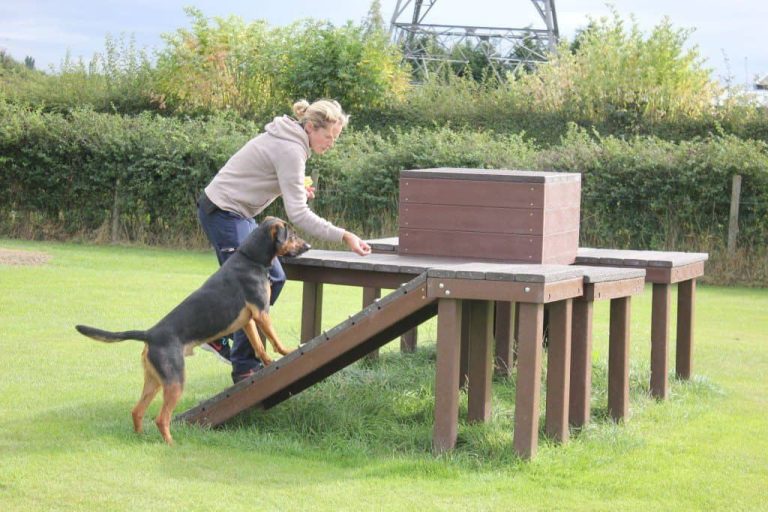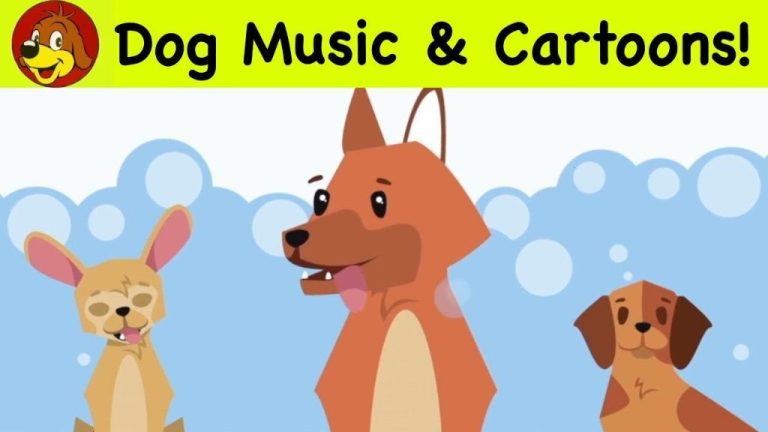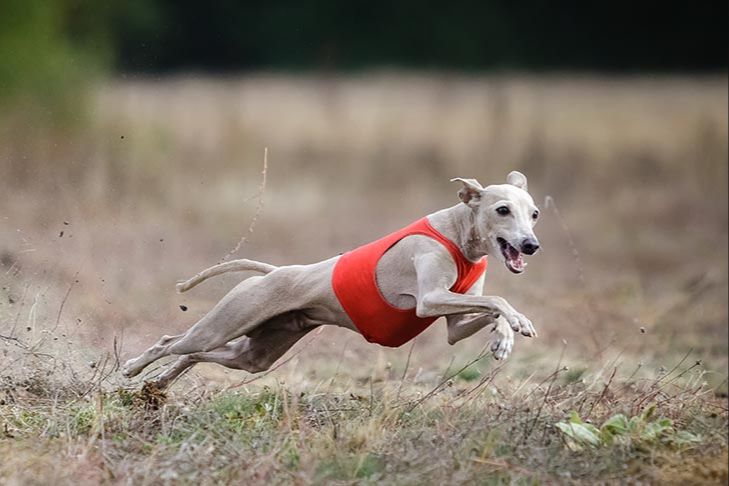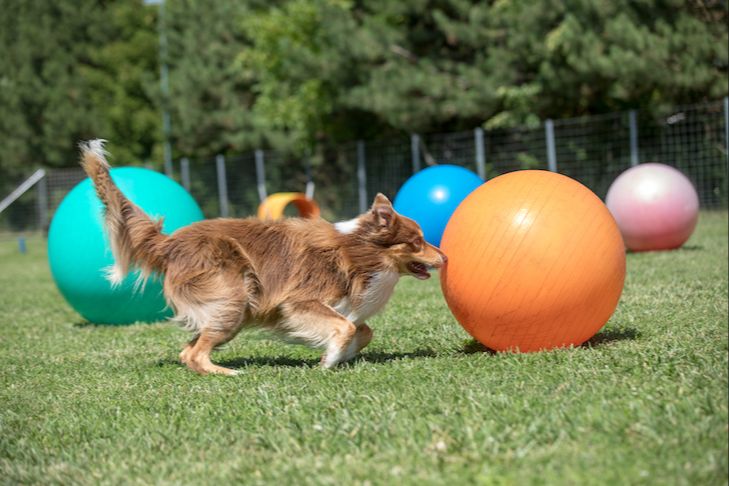Doggy Dance Party: Groove With Your Pooch
Dancing with dogs has become an increasingly popular activity and sport for both pets and their owners. Often referred to as “canine freestyle,” dancing with dogs provides great exercise, mental stimulation, and bonding opportunities for dogs and humans alike. This fun activity has grown into competitive events and is a great way to strengthen the relationship between owner and pet.
Dancing with dogs offers many benefits for both dogs and their human partners. For dogs, it provides physical activity, mental stimulation from learning new moves, and a chance to bond closely with their owner. Dogs who dance tend to be well-trained, focused, and responsive to commands. For humans, dancing with dogs is an enjoyable way to get active with their pet, work on training skills together, and deepen their relationship through a shared, fun experience (https://www.whole-dog-journal.com/training/dancing-with-dogs/).
Getting Started
The key to getting started with doggy dancing is having patience and making training fun. Begin by working on basic obedience commands like sit, stay, come, heel, and down. Once your dog reliably responds to verbal cues and hand signals, you can start to add music and incorporate more movements.
Start training in short 5-10 minute sessions to keep your dog’s focus. Use high-value treats to motivate and reward desired behaviors. Mark and reward even small successes at first to build your dog’s confidence. Training sessions should feel like a game, not a chore.
Some potential obstacles are lack of motivation, short attention span, and getting distracted. Make sure your dog is hungry enough to work for treats. Keep sessions upbeat, dynamic, and positive. If your dog loses focus, go back to easier commands to end on a good note. Training will take longer for puppies and high-energy dogs.
According to dog training experts, “the key is making it fun so your dog wants to participate” (source). With patience and short, engaging training sessions, you’ll be dancing with your dog in no time!
Dance Styles
When it comes to dancing with your dog, there are two main styles to choose from: freestyle and choreographed.
Freestyle dog dancing involves improvising moves and transitions with your dog set to music. This style lets you play off your dog’s natural movements and behavioral cues. Freestyle allows freedom and creativity based on your dog’s preferences. Some popular freestyle dog dance moves include twirls, leg weaves, head nods, and spinning. This is a great style for beginners since it does not require learning complex choreography.
Choreographed dog dancing involves teaching your dog a pre-planned routine set to music with specific movements and transitions. Popular styles of choreographed dog dance include heelwork to music, canine freestyle, musical canine freestyle, and doggy dancing. Choreographed dance takes more practice but allows you to create intricate routines. Moves may include side-steps, jumping, rolling over, crawling, and extensive heelwork. You’ll need to break down the routine into small pieces and train each part thoroughly before putting the whole dance together. Sources indicate choreographed dancing offers both mental and physical benefits for dogs.
Whether you opt for an improvised freestyle dance or decide to choreograph an elaborate routine, the most important thing is having fun dancing with your dog. Tailor the style to both you and your dog’s personality.
Music Selection
When choosing music for a doggy dance party, the tempo and mood of the song are key factors to consider. The ideal tempo range is about 120-140 beats per minute, which creates an upbeat vibe without being too fast for your dog to follow along. Slower tempos below 100 bpm may not hold your dog’s interest. Select happy, energetic songs in major keys rather than sad or mellow tunes in minor keys to inspire enthusiastic dancing. Your pup’s personality can also guide music choices – shy dogs may prefer slower, gentler tunes than high-energy breeds who love livelier beats.
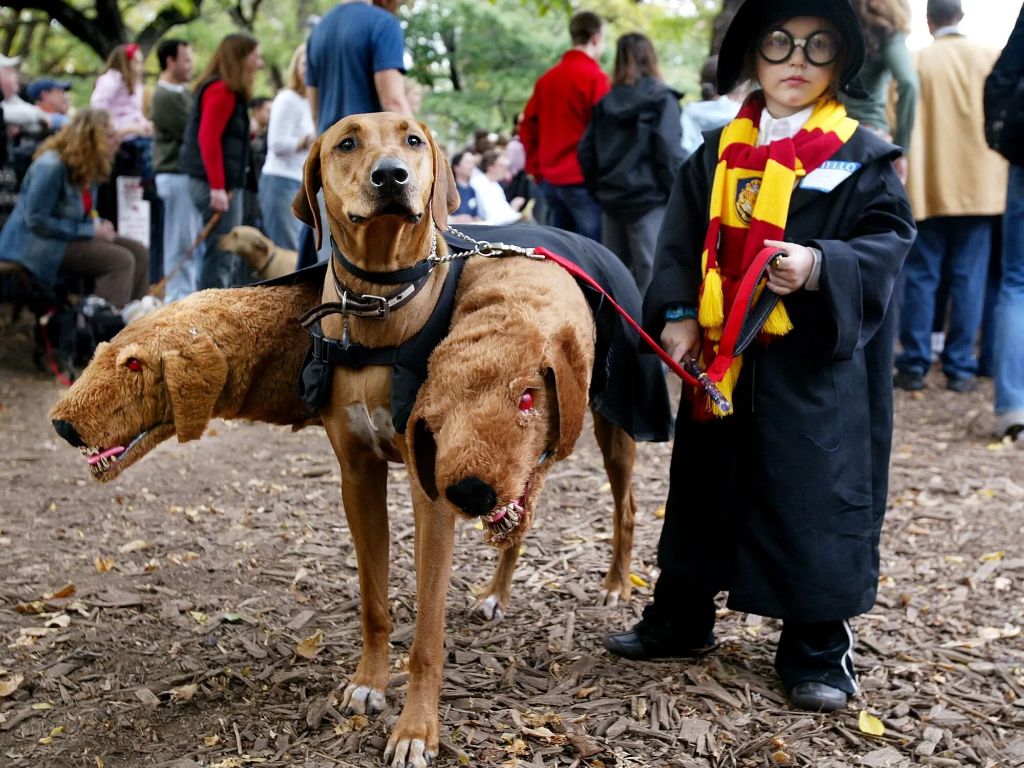
Tailor your playlist to your dog’s musical tastes. Observe how your pooch responds to different genres and songs. Some dogs seem partial to pop, rock or reggae, while others perk up when classical music is played. Don’t rule out kid’s songs, novelty tunes and TV theme songs either – dogs often find the playful, high-pitched vocals and catchy melodies irresistible. Just be sure to avoid songs with potentially scary sounds like sirens, howling or fireworks. With the right tempo and mood, you can get those paws tapping in no time!
Source: 10 Summer Songs to Dance to with Your Dog
Costumes
One of the best parts of a doggy dance party is dressing up in fun costumes with your pup! Get creative and choose coordinating outfits that complement each other. Some popular ideas include:
Dalmatian – Spotted dog-and-owner looks are a classic. Check out this Dalmatian dance costume for inspiration.
Bumblebee – Striped yellow and black tunics with antennae headbands for you and your dog!
Superheroes – Dress as a dynamic duo like Batman and Robin, complete with masks and capes.
Disco – Sequined clothes, big collars, and afro wigs set the disco mood. Add some sparkly dog clothes too.
Marie and Toto from The Wizard of Oz – Easily recognizable looks with blue gingham dresses and a little black dog.
The options are endless – let your imagination run wild! No matter what you choose, putting a little extra effort into your costumes will make the event even more fun and memorable.
Competitions
Some of the major dog dancing competitions include the World Canine Freestyle Organization (WCFO) Championship, Crufts Dog Show, and the Musical Dog Sport Association (MDSA) Nationals. The WCFO Championship is one of the largest and most prestigious dog dancing competitions, held annually in different locations around the world. Crufts, held in the UK, features a significant freestyle competition and championship title. The MDSA Nationals in the United States also attracts top competitors from North America.
These major competitions feature different categories and divisions to accommodate various dance styles, experience levels, and types of dogs. Competitors go through a rigorous multi-round process to make it to the finals. Championship titles, ribbons, and prizes are awarded to the top scoring routines. Competitors spend months preparing original choreographed dances and costumes. Judging criteria focuses on creativity, choreography, musical interpretation, teamwork, and showmanship (Inside the extraordinary world of dog dancing, 2023).
Videos
Dog dancing videos have exploded in popularity on social media in recent years. Platforms like TikTok and Facebook have allowed pet owners to share adorable videos of their dogs dancing or moving to music. Some of the most viral dog dancing videos showcase the incredible talents that dogs have when it comes to coordination and rhythm. As dance challenges and trends emerge online, more and more pet owners are getting involved and training their dogs.
For example, a recent viral TikTok video from user @biachi3 features three dogs joyfully dancing and bouncing in sync to cheerful music. The dogs seem to be having the time of their lives as they spin and prance around. Videos like this capture the heartwarming bond between dogs and their owners. Dancing appears to come naturally to some dogs when they hear fun, upbeat music. The video has over 7 million likes on TikTok and thousands of delighted comments.
Interviews with the owners behind viral dog dancing videos reveal how they trained their dogs and their motivation for starting. Many owners say they initially just wanted to make a cute video for family and friends. They are surprised and thrilled when their video blows up online. Other owners actively work on training their dog’s choreography skills from a young age with the goal of performing or competing one day. Either way, these popular videos showcase dogs’ talents and spread joy to millions of viewers.
Overcoming Challenges
Teaching your dog to dance can be rewarding but also challenging at times. Some common issues that come up include anxiety, lack of interest, and difficulty learning specific moves.
If your dog seems anxious about dancing, start slowly with short training sessions of just a few minutes. Work on basic obedience commands to build their confidence before adding in dancing. Use high-value treats to keep them motivated and make it a positive experience. You can also try calming aids like pheromone sprays or Thundershirts to ease anxiety.
To build interest, present dancing as a fun game with their favorite toys and treats involved. Keep training sessions upbeat and energetic. Take breaks to play and reward generously when they participate. Go at their pace and keep sessions short if needed. Fun music, costumes, and praise can also help capture their enthusiasm.
For specific move challenges, break it down into small steps. Train one part at a time, like just lifting paws up without spinning at first. Use a lure to guide their motion and mark/reward each little try. Build up slowly over multiple short sessions until they get it. Be patient and try luring from different angles or re-training from the start if needed. Stay positive throughout.
Check out tips in this WagWalking article and this WikiHow article for more troubleshooting advice on teaching your dog to dance.
Fun at Home
Dancing with your dog can be creative fun at home in your living room, backyard or anywhere you have some space! Here are some ideas for making dance a lifestyle for you and your pooch:
Create a simple obstacle course at home using furniture, toys and other household items. Weave between chair legs, go under the kitchen table, circle around cones and end with a trick like spinning or rolling over. Set the course to upbeat music for extra fun! (Source)
Play hide and seek by having your dog stay while you hide a favorite toy or treat. Call your dog to come find you and “dance” their way over with twirls, weaves and bounces. Reward with praise, pets or the hidden treasure when they find you!
Pick an energetic song and make up moves together like spins, head bobs, forward boogies, backward scoots and side steps. Keep it light and let your dog freely express themselves through movement. Laughing together is the best medicine!
Look for moments during your daily routine when you and your dog can groove together. Add a cha-cha when filling their food bowl, boogie backing out the door for walkies or bust a move when it’s time for a treat. Dancing strengthens your bond!
Conclusion
In summary, dancing with your dog provides numerous benefits that make it a worthwhile activity. As discussed throughout this article, dancing strengthens the bond between dog and owner through play, mental stimulation and shared joy. It provides great exercise for both parties in a fun and engaging way. Teaching your dog to dance can be a rewarding training experience as you learn choreography together. Entering competitions allows you to showcase your hard work while providing goals to strive for. Dancing is something you can enjoy with your dog at home or in a class setting. While it takes time and patience to train a dog to dance, the shared moments of fun and fellowship make it a treasured experience.
Dancing with your dog leads to improved health, an unbreakable bond, and hours of laughter and entertainment. The playful spirit of the activity brings dog and human together in a unique way. For dog owners seeking a way to deepen their relationship with their pet while getting active, dancing can be the perfect choice. So put on your dancing shoes, turn up the tunes, and get ready to dance the night away with your furry friend.


